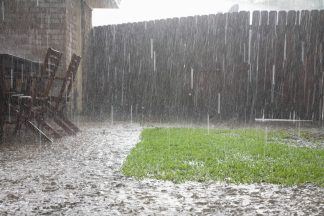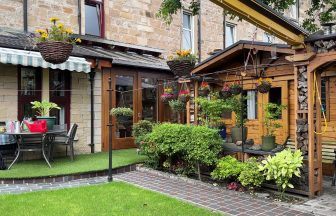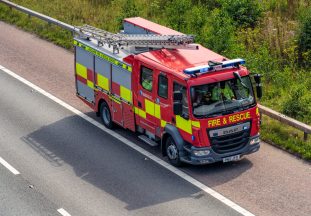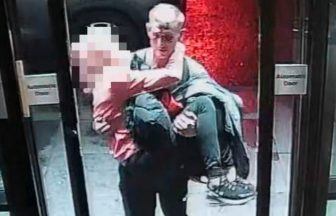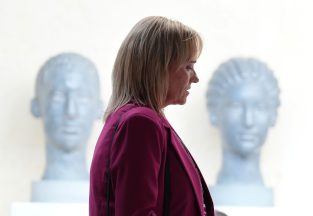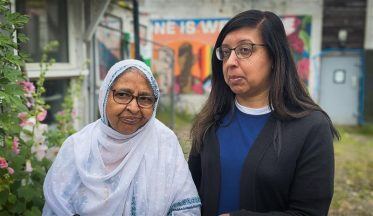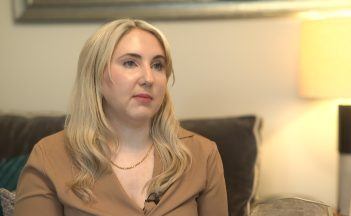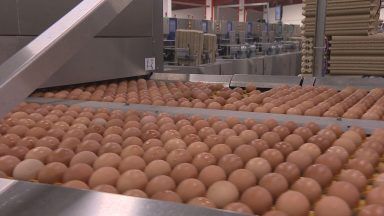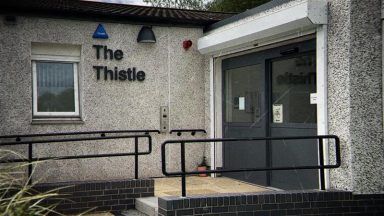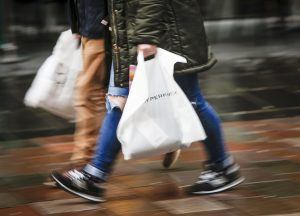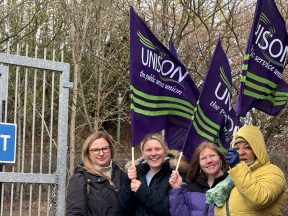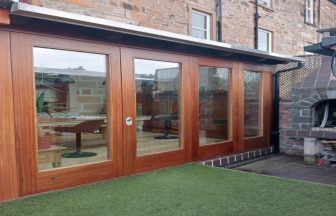For so many, the lockdown has kept apart families, couples and friends.
For some families and households, it has meant spending even more time together, as adults go on furlough or work from home and children don’t go to school.
For all of us, we’re not supposed to go out other than to shop for food essentials, pick up medical supplies, help a vulnerable person, go to work (if necessary), or for one daily session of exercise.
It must be stressed that on Thursday – May 7 – the next date these restrictions will be reviewed by governments, it’s near-certain they’ll be kept in place unchanged or barely changed for another three weeks.
However, politicians are increasingly turning to the issue of how the lockdown will be eased once coronavirus infections are suitably low.
At that stage, the virus’ reproduction (R) number – the number of people each person infected with Covid-19 infects in turn – will have to be well below one.
Currently it is estimated to be between 0.7 and one. In other words, not low enough.
When that changes, we might see some changes to the measures we’re all living under. The Scottish Government has published a new paper on what that may look like.
Families and households
The Scottish Government says officials are considering allowing people “to meet with a small number of others outside their own household in a group or ‘bubble’ that acts as a single, self-contained unit”.
The exact number allowed in these “bubbles” would have to be determined but could be applied to families which have been separated by current rules prohibiting meeting people from other households.
It may initially be trialled for outdoor meetings before allowing bubbles to meet indoors.
Existing Covid-19 rules for households – like observing good hygiene, keeping your distance from people not in your group – would apply in the same way for “bubble” groups.
But this change would not apply to people in “shielded” groups considered at the highest risk from coronavirus, who would have to stay in lockdown – such as organ transplant recipients, some cancer patients, people with weakened immune systems and those with severe respiratory conditions.
The government paper says it will give “special consideration” to groups considered at heightened risk but not shielding, like over-70s and pregnant women.
Schools
The most likely short-term scenario for schools and nurseries is that they will remain closed until after the summer holidays.
But whenever they do reopen, pupils could be asked to attend school on a part-time basis, in blocks “of a few days or even a week at a time”.
This would enable physical distancing, as well as deep cleaning of school facilities between blocks.
“Most pupils are likely to have a blend of in-school and in-home learning,” the report said, with “consistent, high quality online materials” provided to help parents educate their children at home when not at school.
Priority groups of pupils may go back to school first, such as the most vulnerable children and those transitioning from P7 to S1 or to national qualification courses (S3-S6).
Outdoor activity
Current evidence suggests “outdoor activity poses less risk of transmission of the virus than indoor activity”, the government says.
Ministers and officials will look at the possibility of allowing people outside more often and for longer.
This would still involve staying in your local area, staying within your household group (or “bubble group”, if permitted by then) and keeping your distance from those outside the group.
“We will also consider whether the evidence supports any changes to the restrictions on certain outdoor work activities, provided that associated safe working practices are in place,” the paper added.
Healthcare
As part of the emergency response against the coronavirus outbreak, a range of NHS services were suspended like non-urgent elective surgeries and cancer screening.
The report said: “We are considering whether and how we can resume these services, provided this can be done safely and without unacceptable risk.”
In addition, other services in social care like therapeutic group activities could return.
Businesses
In terms of the economy, the government is likely to focus first on safely reopening firms in the construction, retail and manufacturing industries – sectors particularly badly hit by the lockdown, where less work can be done remotely.
Outdoor-based or rural firms could also find themselves operating again, where risks of Covid-19 transmission are low.
The lifting of any measures will need to be looked at carefully, the government said, to account for the impact in areas like transport and supply chains.
But it added: “To be clear, restrictions are likely to remain in place for some business activity for some time to come, especially where safe working is harder to achieve.
“Changes already adopted in many sectors, for example working from home and the use of digital technology, are likely to persist as part of the ‘new normal’.”




